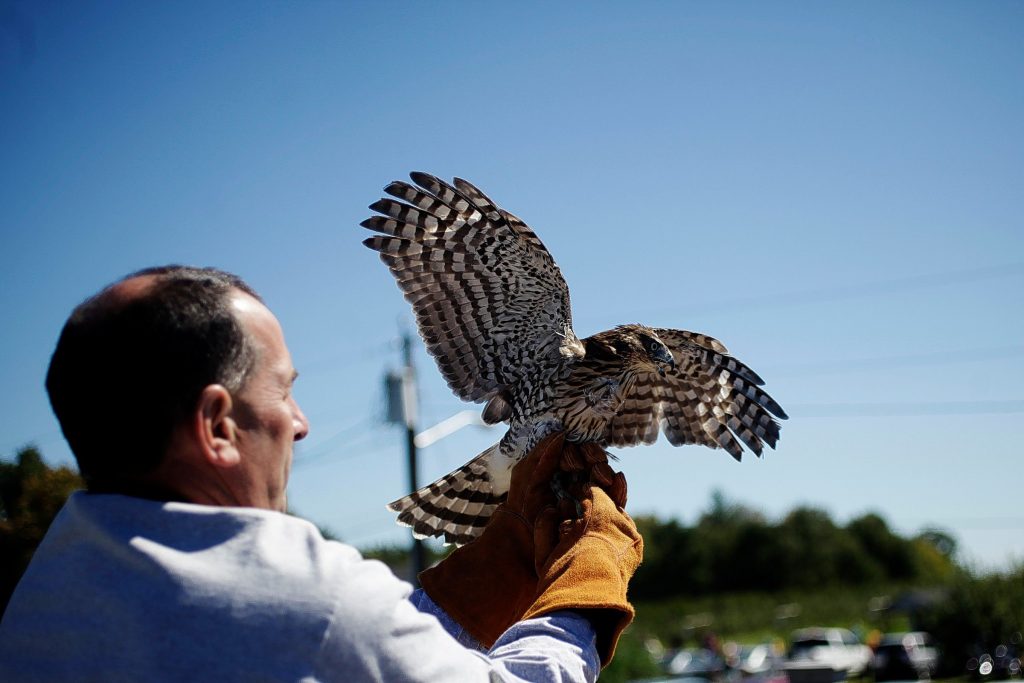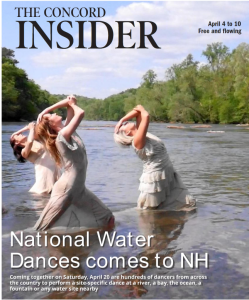Apart from when you’re watching any of the films from the Jurassic Park franchise (obviously the first one is the only one worth watching all the way through), how often do you get to see raptors?
If your answer is “not that often,” you should make a point of checking out the Raptor Festival and Release Day at Carter Hill Orchard on Sunday.
Mid-September – specifically the 17th – is the ideal time to witness birds of prey migrating south for the winter, and the observation area at Carter Hill is a great venue to see the action live in person, said Phil Brown, director of land management at New Hampshire Audubon, which conducts the raptor event.
The event is timed to coincide with peak broad-winged hawk migration, so bring your binoculars (a few pairs of loaners will be available, but they go fast) and prepare to witness a spectacle. The event will also coincide with International Hawk Migration Week, so the timing really couldn’t be better.
The main event will be the release of two juvenile American kestrels that have been rehabilitated at Wings of the Dawn Wildlife Rehabilitation in Henniker. The American kestrel is the smallest and most common falcon in North America.
The kestrel a very appropriate species for this location because of their habitat preference of open fields, including farmland settings, Brown said. They are one of the raptor species in most serious decline due to a variety of factors including loss of choice habitat and nesting cavities, pesticide use, and predation by larger raptors. Audubon data has also shown a decline in migratory kestrels over the years, Brown said. They migrate to the mid-Atlantic and southern U.S. for the winter, and they’ll begin that journey on Sunday.
The raptor release will take place at 3 p.m., but it will really be a whole day of raptorish activities at Carter Hill. Starting at 9 a.m. and going until 5 p.m., festivities will include live raptor demonstrations with knowledgeable Audubon staffers, informational presentations and a bird walk.
You’ll want to make sure you get there well ahead of the 3 p.m. release time to get a parking spot and have time to take part in some of the other festivities. Also, rain or fog may force the event to be canceled or postponed, so check the New Hampshire Audubon’s Facebook page for updates as the event draws nearer.
Everything is free (though donations are very helpful and appreciated) and open to the public, and it’s fun for the whole family. Ed Reilly Subaru is sponsoring the event. For more info, go to nhaudubon.org.









